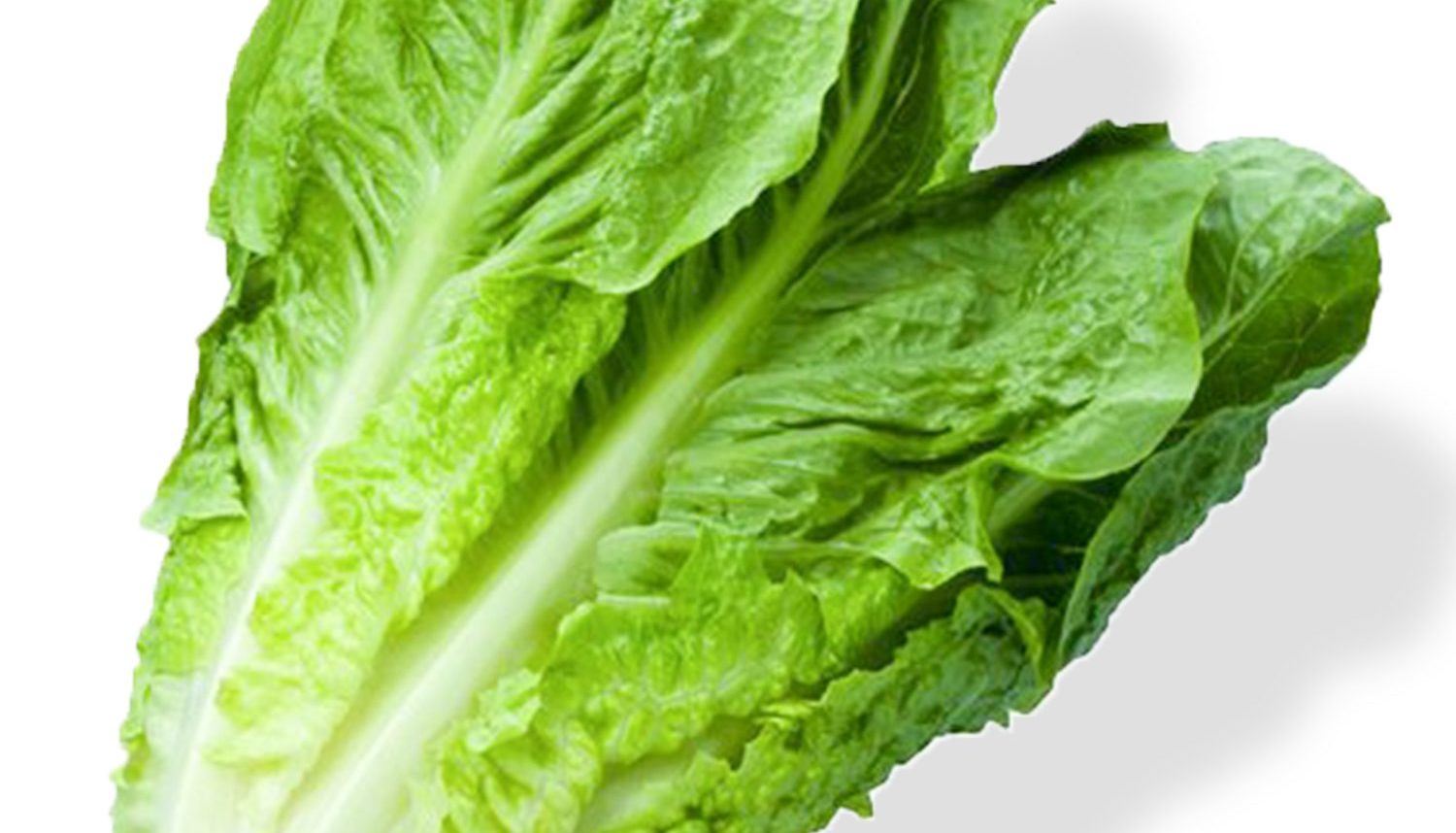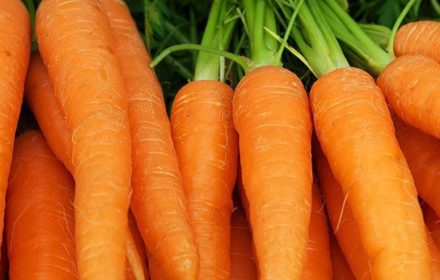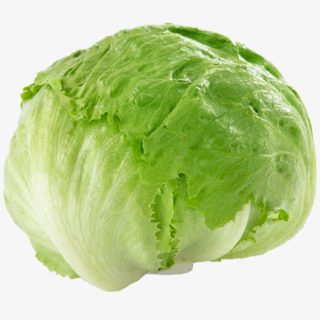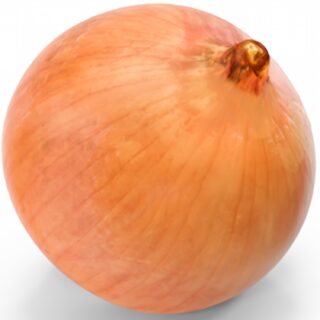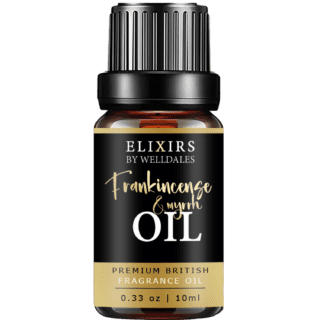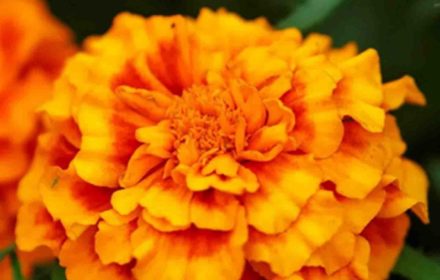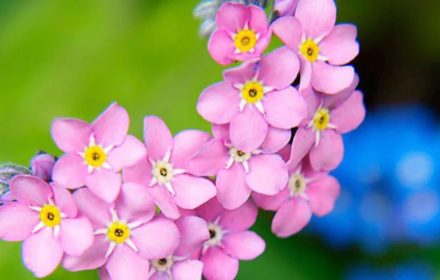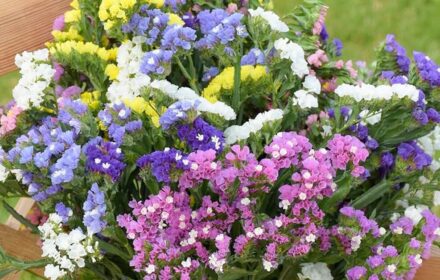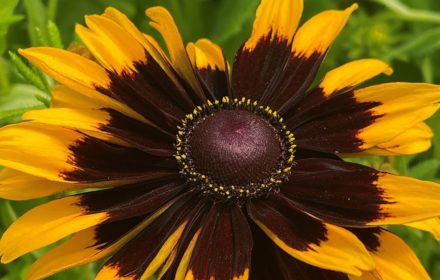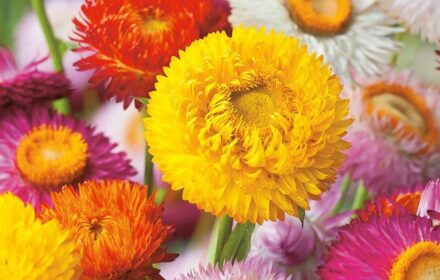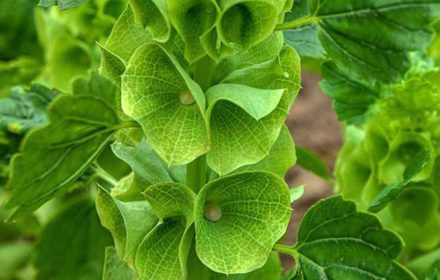Growing Romaine Lettuce from Seeds in the UK
Romaine lettuce, also known as “Parris Island Cos,” is a tall and compact variety with dark green, slightly curly leaves and creamy white hearts. Its broad midribs provide a delightful crunch, making it an ideal addition to fresh salads. Known for its bolt resistance and crisp, sweet flavour, Romaine lettuce is a reliable crop that can be grown consistently year after year. This guide will provide detailed steps for successfully sowing and growing Romaine lettuce in your UK garden.
When and Where to Sow Romaine Lettuce Seeds
- Outdoor Sowing: Sow Romaine lettuce seeds directly outdoors as soon as the soil can be worked, typically from early spring (March) to mid-summer (July). This cool-season crop thrives in the mild UK climate and performs best in temperatures ranging from 10-20°C (50-68°F).
- Indoor Sowing: For an earlier start, sow seeds indoors 3-4 weeks before the last expected frost. This method allows you to have transplants ready for the garden, ensuring an earlier harvest.
Ideal Growing Conditions for Romaine Lettuce
- Soil Requirements: Lettuce prefers well-drained, fertile soil enriched with organic matter. Before sowing, prepare the soil by adding compost or well-rotted manure to improve fertility and moisture retention. Aim for a slightly acidic to neutral pH (6.0-7.0).
- Sunlight: Choose a location that receives full sun to partial shade. In warmer regions or during the height of summer, some afternoon shade will help prevent bolting and maintain leaf quality.
- Temperature: Ideal germination occurs between 10-20°C (50-68°F). Lettuce can tolerate cooler temperatures and will germinate at temperatures as low as 6°C (43°F). High temperatures above 20°C (68°F) can reduce germination rates and increase the risk of bolting.
How to Sow Romaine Lettuce Seeds Outdoors
- Prepare the Seed Bed: Choose a well-prepared seed bed in your garden. Remove any weeds and rake the soil to a fine tilth.
- Sowing Depth and Spacing: Sow the seeds thinly at a depth of approximately 3 mm (1/8 inch). Space rows 20-30 cm (8-12 inches) apart, and plant about 2-3 seeds every 20 cm (8 inches). Cover the seeds lightly with soil and firm gently.
- Watering: Water the seed bed gently after sowing to settle the soil. Keep the area consistently moist during the germination period, which typically takes 7-14 days.
- Thinning: Once the seedlings are large enough to handle, thin them to one plant per spot. Ensure final spacing of about 20 cm (8 inches) between plants to allow for full head development.
Sowing Romaine Lettuce Seeds Indoors
- Sowing in Pots: Fill seed trays or small pots with seed compost and sow seeds thinly on the surface. Lightly cover with a thin layer of compost or vermiculite.
- Germination Conditions: Place the pots in a bright, cool location with temperatures between 10-20°C. Keep the compost moist but not waterlogged. Germination usually occurs within 7-14 days.
- Transplanting: When seedlings have developed their first true leaves and are large enough to handle, transplant them into larger pots or directly into the garden. Harden off indoor-grown seedlings by gradually acclimatising them to outdoor conditions before planting out.
Caring for Romaine Lettuce Plants
- Watering: Keep the soil consistently moist, especially during dry periods. Lettuce has shallow roots and can dry out quickly, leading to poor leaf quality and bolting. Water regularly, but avoid waterlogging.
- Feeding: Lettuce is a light feeder but benefits from additional nutrients. Apply a balanced, nitrogen-rich fertiliser every few weeks to encourage healthy, leafy growth.
- Mulching: Apply a layer of mulch around the base of the plants to retain soil moisture, suppress weeds, and keep the roots cool. This is especially beneficial in warmer weather to prevent bolting.
Harvesting Romaine Lettuce
- Head Harvesting: Romaine lettuce can be harvested as full heads or as individual leaves. For head harvesting, cut the entire plant at the base when the head is firm and fully formed, typically around 70-85 days after sowing.
- Cut-and-Come-Again: For continuous harvests, pick outer leaves as needed, leaving the inner leaves to grow. This method allows the plant to continue producing new leaves throughout the season.
- Successional Sowing: To ensure a steady supply of fresh lettuce, sow seeds every 3 weeks. This will provide a continuous harvest throughout the growing season.
Common Questions About Growing Romaine Lettuce
- Can I grow Romaine lettuce in containers? Yes, Romaine lettuce grows well in containers. Choose a pot at least 20 cm (8 inches) deep with good drainage. Regular watering and feeding are essential for container-grown plants to ensure healthy growth.
- How do I prevent lettuce from bolting? Bolting is often caused by high temperatures or stress. To prevent this, keep the soil consistently moist, provide some shade during hot weather, and sow seeds in the cooler parts of the growing season.
- What can I do if my lettuce becomes bitter? Bitter leaves are often a sign of bolting or heat stress. Harvest leaves early in the morning, keep the plants well-watered, and provide shade during hot periods to improve the flavour.
By following these guidelines, you can enjoy a bountiful harvest of crisp, delicious Romaine lettuce in your UK garden. Whether grown for fresh salads or as a crunchy addition to sandwiches, this versatile lettuce is a rewarding and easy-to-grow choice for gardeners of all levels.

